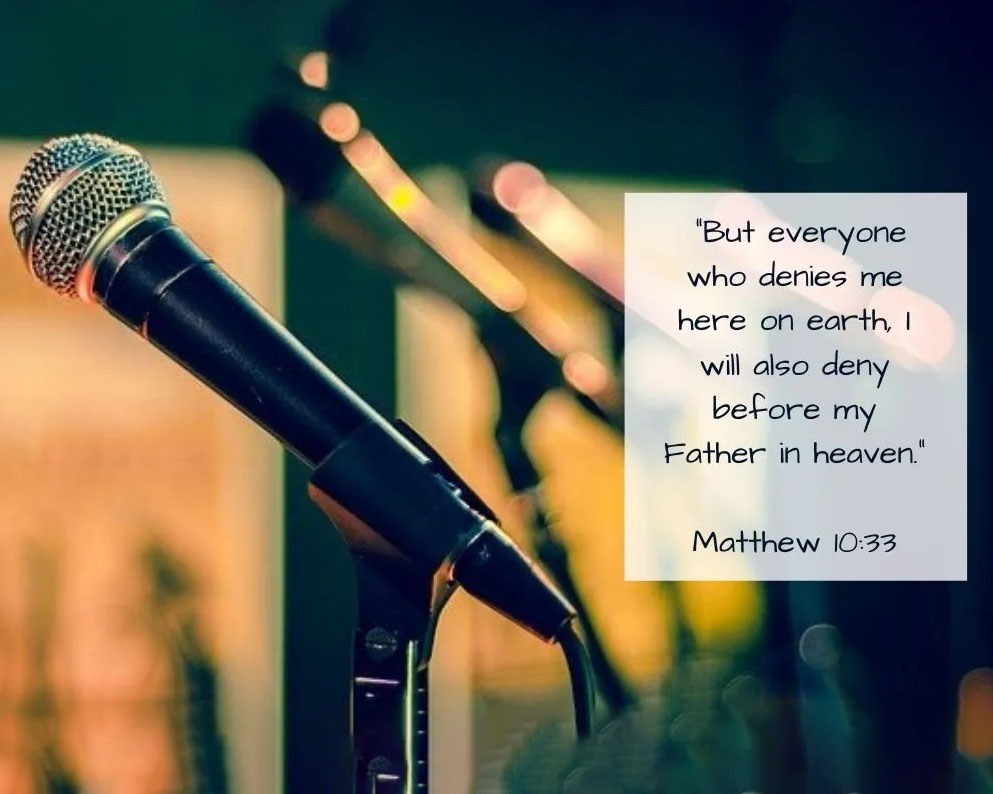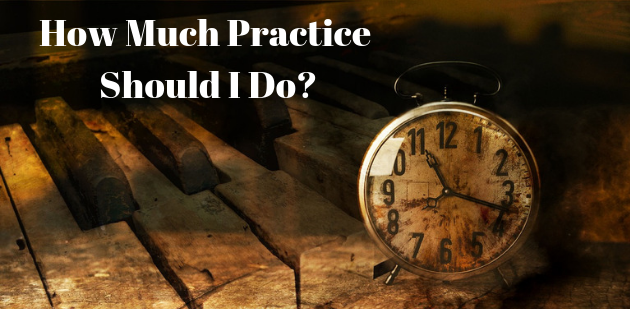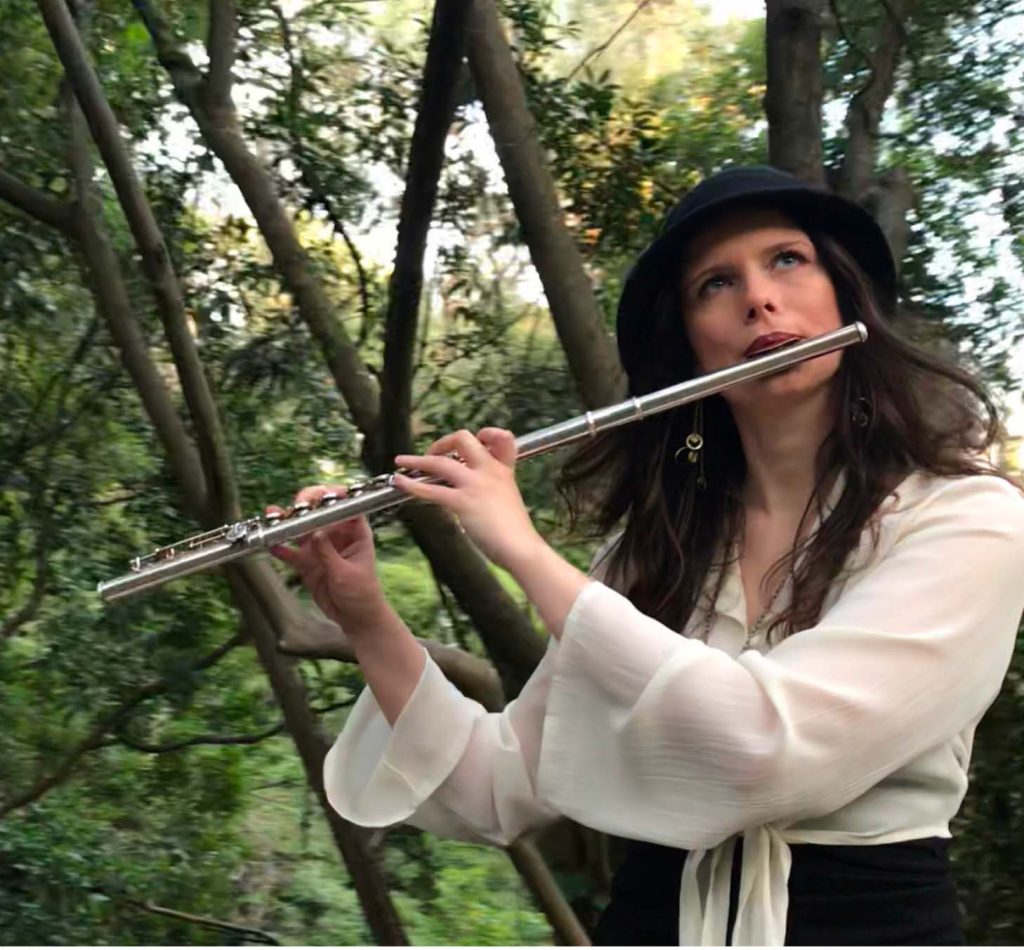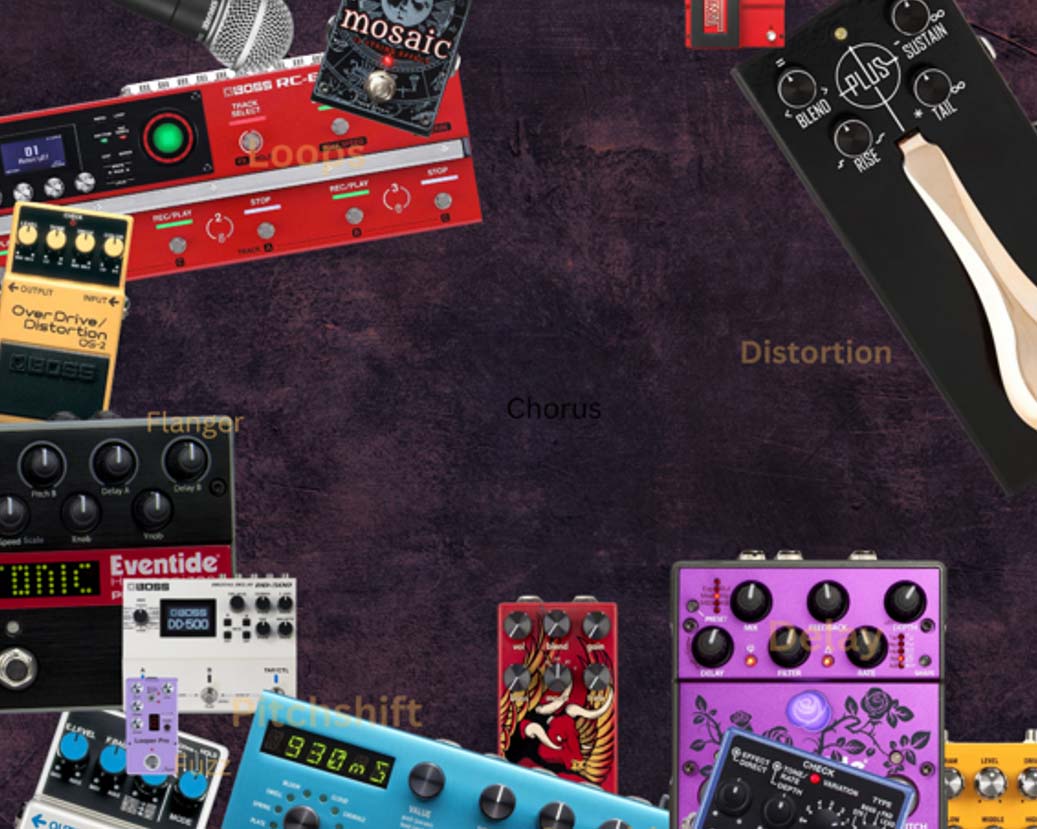
Publicly Christian
As an artist, I have experienced much apprehension in relation to sharing my faith publically. Many times I have felt

Asking how much practice should I do is the same as asking how long is a piece of string!

The how much practice question is a popular question amongst both students and their parents. But it is possibly the wrong question to be asking. I like to answer this question with two questions of my own.
This is a very hard topic to cover because there are two equally valid but seemingly opposite answers.

Both of these answers have their problems. The first one can cause music to become as painful and dreaded as a household chore. Regardless of your age, if you are forced to do something you can be completely robbed of your ability to enjoy that activity. Psychologists call this ‘the tyranny of should’ and they can be a major source of anxiety, guilt, shame, depression, self-hatred and anger. Many music students who are forced to practice there instruments end up giving up within the first three years. This is mostly because it has lost all enjoyment for them.
The second answer has two potential outcomes. On some occasions, people will naturally fall in love with their instrument and with music. These are the people who become musicians. This was me. In fact, I used to play my flute so much that for the sanity of the household my parents had to limit the amount of time I was allowed to spend practicing.
The second outcome can be a little more problematic. If you don’t practice it is most likely that your progress will be very, very slow. This can be incredibly frustrating for everyone involved and usually results in the student discontinuing their instrumental studies within the first 3 years. The decision to discontinue is largely due to the student’s apathetic relationship to their instrument.

Many people don’t fall in love with their instruments until after they get past the first series of learning hurdles that music presents. With some variations between instruments, the initial hurdles usually include; producing a sound, becoming comfortable holding the instrument, mastering basic fingerings and reading music. It takes practice to become proficient in all of these areas. It can take self-discipline and perseverance to get past these initial stumbling blocks
Failing to practice all has a negative effect of student’s parents. Parents become frustrated and feel like they are wasting their money because their child doesn’t practice.
As a teacher, I wish there was a way we could find a balance between these two extremes. A way to balance fun, unstructured and experimental practice with self-discipline and structure. Sometimes, particularly with younger children, parents will need to be involved in this process. But again they need to balance involvement and ‘un-involvement’.

Regardless of a students skill level I encourage them to split there practice into three different sections: technique, material and experimentation. How much time you spend on each segment and what you do within each section depends entirely on the students individual level and goals.
Think of practising as being like dining at a fancy result. At this particular
Experimentation is not dessert because it is not optional. It is how we find a balance between self-discipline and freedom, creativity and structure. It is the appealing aroma that draws us in and causes up to fall in love with our craft. And it doesn’t have to literarily mean improvising. It just means independently exploring something on your instrument that isn’t directed or prescribed by anyone else.

In terms of how long you ‘should’ practice it really depends on what your goals are. A young beginner may only have the concentration and stamina to spend 10 to 15 minutes per practice session. This will be quickly filled with a few scales, 2 or 3 pieces and then some experimenting. An older student who is working towards a specific goal like 6th Grade Flute will need to spend a lot longer practicing.
For 6th Grade Flute you have scales, 4 main pieces, 2 extras pieces, aural and technical knowledge. So a practice plan might look something like this.
15 minutes – scales
15 minutes – List A
15 minutes – List B
15 minutes – List C
15 minutes – List D
10 minutes – Extra list 1
10 minutes – Extra list 2
10 minutes – Aural
10 minutes – Technical Knowledge
20 minutes – Experimenting
This means it would take 2 hours per day to get through all your material. 2 Hours is a lot but it is kind of what your goal demands. And realistically 15 minutes is not a lot of time to devote to an advanced 3…ish page piece of music.
Some students choose to rotate through the above plan picking up where they left off the previous day but usually it means it takes them longer to prepare for their exam. But your goal should always determine your practice length.
Most people will find themselves with a rotating practice schedule at some point in their musical life. And the easiest way to manage this and make your time as productive as possible is to use a practice tracker. But that is another topic for another time.


As an artist, I have experienced much apprehension in relation to sharing my faith publically. Many times I have felt

With the right combination of music equipment, anything is possible. The Techie Flutist turns your ordinary flute into a polyphonic electric
To receive practise tips, tutorials, specials and all the latest news please sign up for our newsletter. The Techie Flutist Newsletter only goes out once a month and ensure you to never miss out on a concert or special event.
like, follow and subscribe
The Techie Flutist, 2024. All RIghts Reserved.